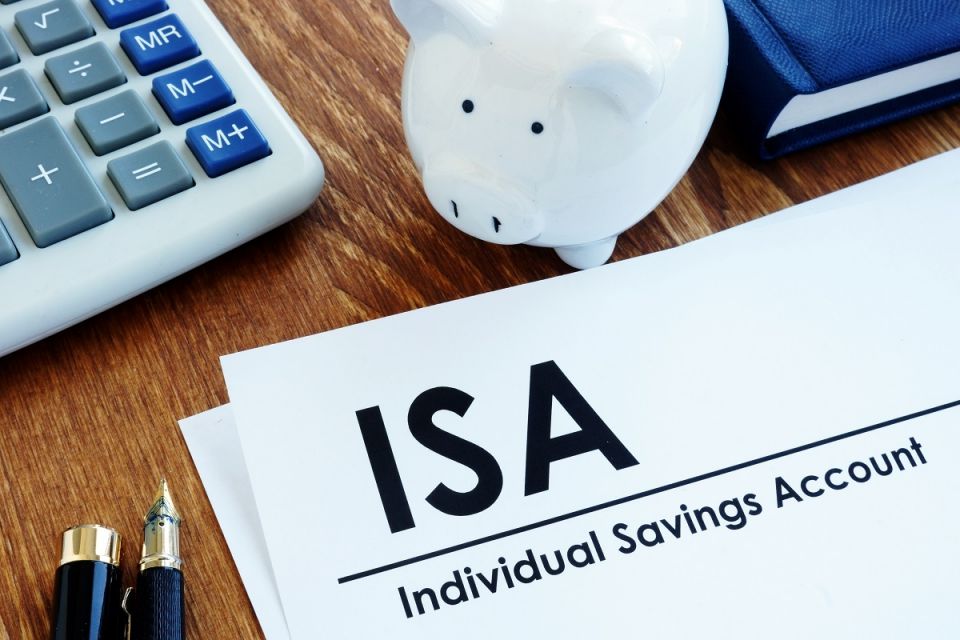Don’t miss the ISA deadline!

Use your tax-efficient allowance or lose it forever.
Time is running out to take advantage of this year’s Individual Savings Account (ISA) allowances. You get one ISA allowance per year and it doesn’t roll over. So use it or lose it soon when the tax year ends on 5 April 2025.
Each year, you can top up your ISAs and set aside even more tax-free money for whatever you have planned. Being tax-efficient, ISAs are a great way to save your money. Whether you’re saving up for a big life moment or are simply putting it aside for the future, the more you add to your ISA, the better.
However, while you can do this at any time, there’s a limit to how much you can add annually – and we’re closing in on that all-important ISA deadline.
Any unused ISA allowance will not be rolled over into the new tax year. On 6 April when the new tax year starts, if you haven’t used all of your or your children’s ISA allowances from the previous tax year, they will be lost forever. So there’s just under six weeks left to act!
What is an individual savings account (ISA)?
An ISA is a ‘tax-efficient wrapper’. Types of ISA include a Cash ISA and Stocks & Shares ISA. A Cash ISA is similar to a normal deposit account, except that you pay no tax on the interest you earn. Stock & Shares ISAs allow you to invest in equities, bonds or commercial property without paying personal tax on your proceeds.
Can I have more than one ISA?
You have a total tax-efficient allowance of £20,000 for this tax year. This means that the sum of money you invest across all your ISAs this tax year (Cash ISA, Stocks & Shares ISA, Lifetime ISAs, Innovative Finance ISA, or any combination) cannot exceed £20,000. However, bear in mind that you have the flexibility to split your tax-efficient allowance across as many ISAs and ISA types as you wish. For example, you may invest £10,000 in a Stocks & Shares ISA and the remaining £10,000 in a Cash ISA.
This is a useful option for those who want to use their investment for different purposes and over varying periods of time.
When will I be able to access the money I save in an ISA?
Some ISAs may tie your money up for a period of time. However, others are flexible. If you’re after flexibility, variable rate Cash ISAs don’t tend to have a minimum commitment. This means you can keep your money in one of these ISAs for as long – or as short – a time as you like. This type of ISA also allows you to take some of the money out of the ISA and put it back in without affecting its tax-efficient status.
On the other hand, fixed-rate Cash ISAs will typically require you to tie your money up for a set amount of time. If you decide to cut the term short, you usually have to pay a penalty.
Stocks & Shares ISAs don’t usually have a minimum commitment, which means you can take your money out at any point. As with all investing, it’s recommended that you invest your money for at least five years or more. Staying invested for longer allows your investment to grow and to weather any market volatility.
Whilst investing might not be for everyone, analysis by investment platform Vanguard shows that savers could see significant benefits if more of them considered investing their money instead of holding cash.
A savings pot of £10,000 at the end of December 1998 would have risen to just over £19,000 over the past 26 years, a 90% increase when not adjusted for inflation. In comparison, 10,000 invested in a globally diversified portfolio would have increased by more than 650% to over £75,000.
Could I take advantage of a Lifetime ISA?
You’re able to open a Lifetime ISA if you’re aged between 18 and 39. You can use a Lifetime ISA to buy your first home or save for later life. You can put in up to £4,000 each year until you’re 50. The government will add a 25% bonus to your savings, up to a maximum of £1,000 per year.
What is an Innovative Finance ISA?
An Innovative Finance ISA allows individuals to use some or all of their annual ISA allowance to lend funds through the Peer to Peer lending market. Peer to Peer lending allows individuals and companies to borrow money directly from lenders. Your capital and interest may be at risk in an Innovative Finance ISA and your investment is not covered under the Financial Services Compensation Scheme.
What is a Junior ISA?
This is a savings and investment vehicle for children up to the age of 18. It is a tax-efficient way to save or invest as it is free from any Income Tax, tax on dividends and Capital Gains Tax on the proceeds. The Junior ISA subscription limit is currently £9,000 for the tax year 2024/25.
Parents or guardians with parental responsibility can open a Junior ISA and manage the account, but the money belongs to the child.
Is tax payable on ISA dividend income?
No tax is payable on dividend income. You don’t pay tax on any dividends paid inside your ISA.
Is capital gains tax (CGT) payable on my ISA investment gains?
You don’t have to pay any CGT on profits.
I already have ISAs with several different providers. Can I consolidate them?
Yes you can, and you won’t lose the tax-efficient ‘wrapper’ status. Many previously attractive Cash ISAs may cease to have a good rate of interest, and naturally some Stocks & Shares ISAs don’t perform as well as investors would have hoped. Consolidating your ISAs may also substantially reduce your paperwork. We’ll be happy to talk you through your options.
Can I transfer my existing ISA?
Yes, you can transfer all or some of an existing ISA from one provider to another at any time as long as the product terms and conditions allow it. It can be to a different type of ISA or the same type and the investment can have been made this year or in previous years.
What should I do now?
ISAs are one of the most straightforward ways to achieve tax-efficient gains, so, if you haven’t used your ISA allowance to the full this tax year, why not talk to a Kellands financial adviser today?
The value of your investments can go down as well as up and you may get back less than you invested.
